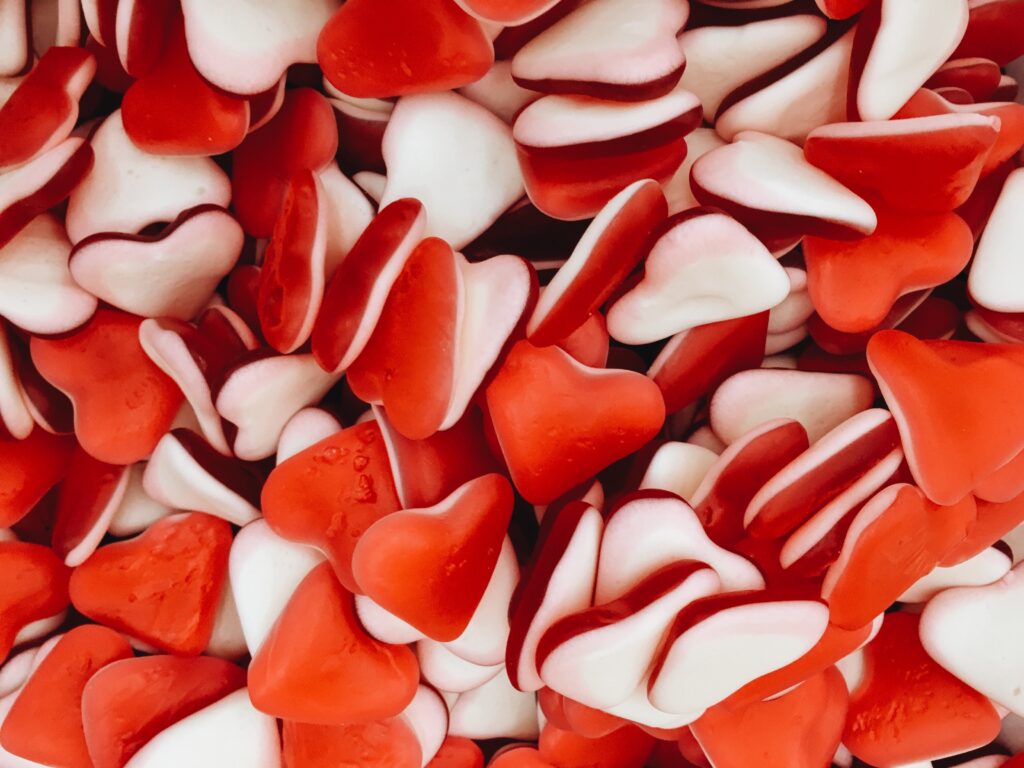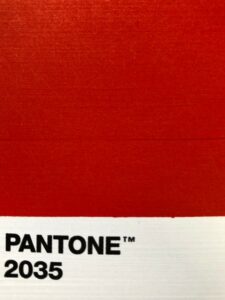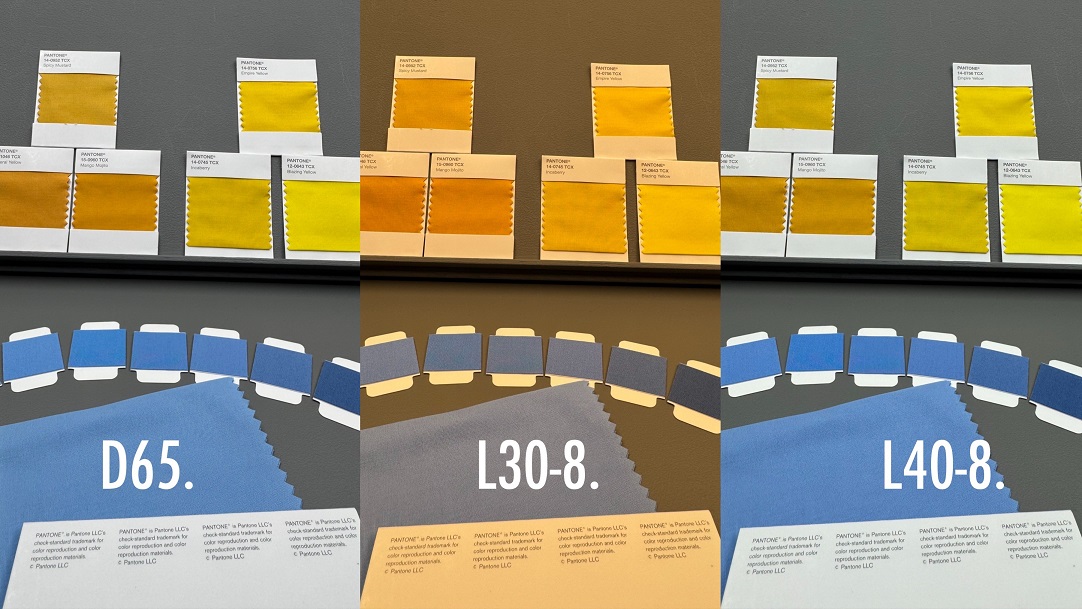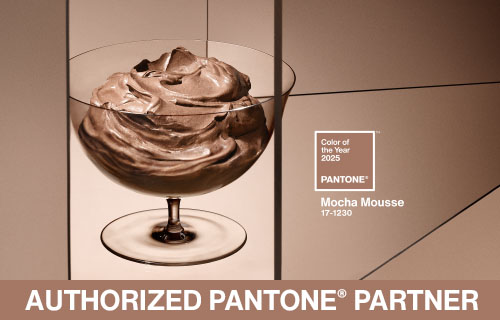Everywhere you look in February you can see the colour red – on social media, in the shops and on TV. It is a colour associated particularly with Valentine’s Day and used to illustrate Chinese New Year celebrations.
Pantone Red for Chinese New Year
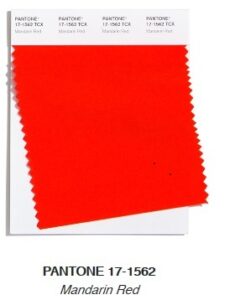
Often worn by brides to symbolise fertility and good luck, red was also in evidence at the Beijing Winter Olympics 2022. Beijing had the Chinese Knot symbol art installation coloured in vibrant red and yellow.
Two Pantone colour names for red shades celebrate this association of red with Chinese culture. Use Mandarin Red 17-1562 for a bright scarlet pop, or Chinese Red 18-1663, which is a stronger example of this scarlet tone.
Pantone Red for Valentine’s Day
Pantone are saying Happy Valentine’s Day this year with Red 2035C from the Pantone PMS range. Branded mugs and umbrellas now available in this vibrant shade for gifting or just to brighten your day.
Celebrate Valentine’s Day with your loved one. Shops are full of red roses, red cards and gift-wrap and special edition chocolate in red packaging. Even gummy sweets are heart shaped and red!.
A primary colour, red is commonly associated with love and warmth in Western culture. This explains the link with Valentine’s Day and the association between red and Christmas.
Important in the Catholic Church, the colour cardinal (18-1643) was named after the colour traditionally worn by Roman Catholic cardinals. Red is also known for warning of danger, illustrated by red bordered road signs and red traffic lights.
I recently read an interesting article about The History of the Color Red: From Ancient Paintings to Louboutin Shoes by Jessica Stewart which was published by My Modern Met*
It details the origins of many of the red colours seen in art from cave paintings to all the way through time to the present day.
The red coloured pigments used were named after the materials they came from, including minerals and insects. These names resonated with me as Pantone still use the same names for colours of their Fashion, Home + Interior colour standards, although they also have a reference number linked to the colour’s position in LCH colour space.
Some examples of pigment names in the Pantone FHI range are: Red Ochre 18-1442, Crimson 19-1762, Cinnabar 18-1450 and Carmine 17-1831
Louboutin Red
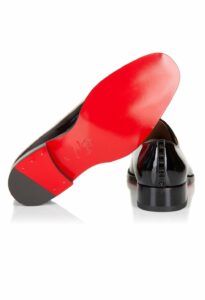
Did you know? Louboutin’s signature red soles came about by accident- while working on a prototype, he felt it was missing something. When he noticed one of his assistant’s painting her nails red, he decided to coat the black sole of the shoe’s red as well.
Pantone Red names and numbers
Pantone has a wide range of red shades to select from and some of these have more modern names., an Example is Fire Whirl 18-1453. Others are associated with excitement and danger such as High Risk Red 18-1763, Red Alert 18-1559 and Endangered 18-1660. Red is a popular colour for cars (especially the sportier models) and Racing Red 19-1763 is reminiscent of bright red racing cars.
Jalapeno Red 18-1759 and Tomato Puree 18-1661 remind us of vibrant chillies and tomatoes. Whereas Claret Red 17-1740 and Red Moscato 18-1726 remind us of grapes and wine.
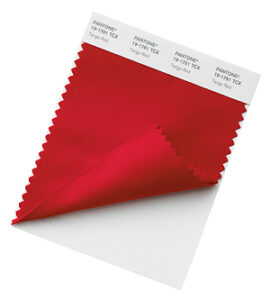
Lipstick Red 19-1764 reminds us of scarlet mouths on Hollywood starlets, and Tango Red 19-1761 the dramatic dance style from South America.
Flowers have also influenced Pantone naming of red tones with Poppy Red 17-1664 and Geranium 17-1753 being amongst them.
Where to find Pantone red
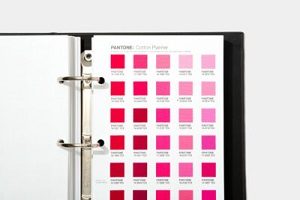
If you would like to explore the full range of red tones in your designs then individual Cotton swatches may be ordered from VeriVide. Buy a Fashion, Home + Interior books for access to the complete range. Try the new Paper Traveler 
Follow the product links to update your Pantone books today or contact Georgina on 0116 2847790 or at pantone@verivide.com for help to select the right product for you.
*If you wish to read the full article, go to

